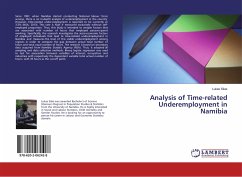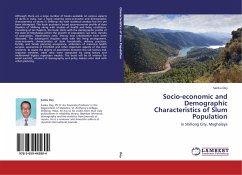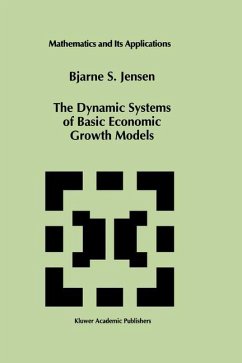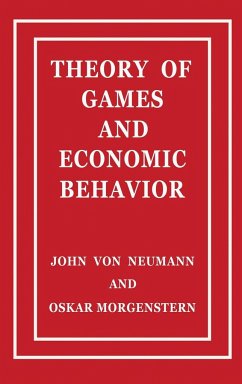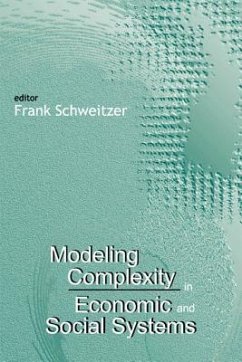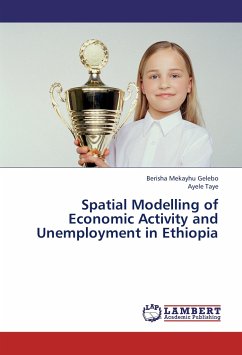
Spatial Modelling of Economic Activity and Unemployment in Ethiopia
Versandkostenfrei!
Versandfertig in 6-10 Tagen
39,99 €
inkl. MwSt.

PAYBACK Punkte
20 °P sammeln!
Growth of productivity is the precondition to improve the living standard of people and maintain competitiveness in the globalized economy. However, wide regional deferential in labor force implies inefficiency as whole and might affect both aggregate unemployment and national output. The basic goal of this study was to model disparity in economic activity and unemployment in SNNP and Oromia Regional States, Ethiopia by incorporating spatial effects. The exploratory spatial data analysis, OLS regression, and spatial econometric models were employed. The ESDA results revealed that both economic...
Growth of productivity is the precondition to improve the living standard of people and maintain competitiveness in the globalized economy. However, wide regional deferential in labor force implies inefficiency as whole and might affect both aggregate unemployment and national output. The basic goal of this study was to model disparity in economic activity and unemployment in SNNP and Oromia Regional States, Ethiopia by incorporating spatial effects. The exploratory spatial data analysis, OLS regression, and spatial econometric models were employed. The ESDA results revealed that both economic activity and unemployment rates in a given district were directly affected by those of its neighbors. The spatial lag model results revealed that both estimates of spatial autoregressive parameters indicated the existence of spatial spillover in economic activity and unemployment rates. In conclusion, as expected the economic activity and unemployment variables had the nature of correlationover space. It is recommended that most effective policy mix is required for stabilizing and alleviating differences in both economic activities and unemployment of the districts considered in the regions.



